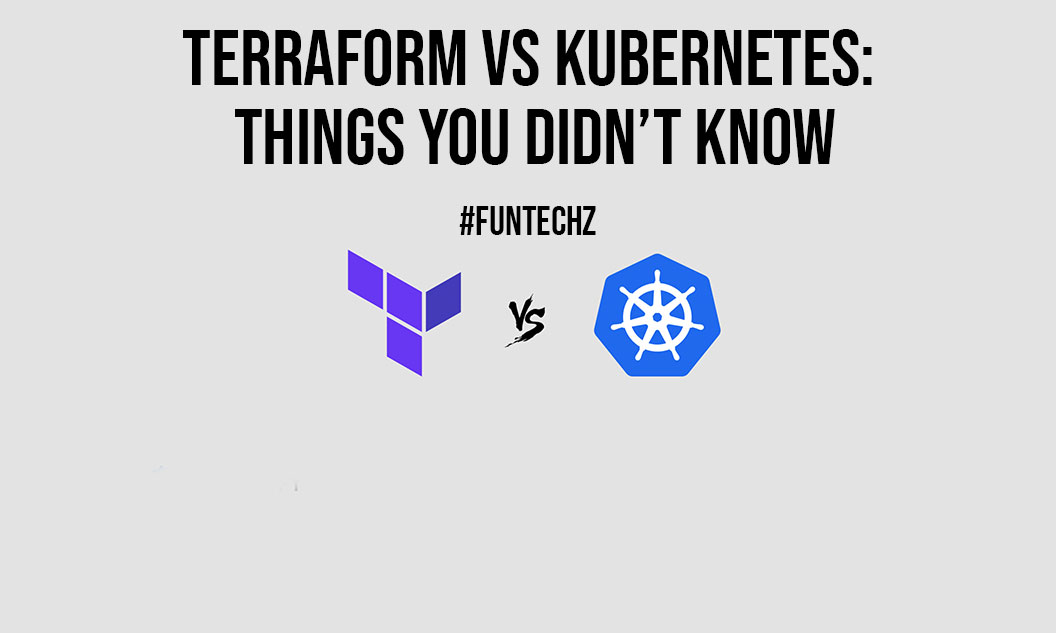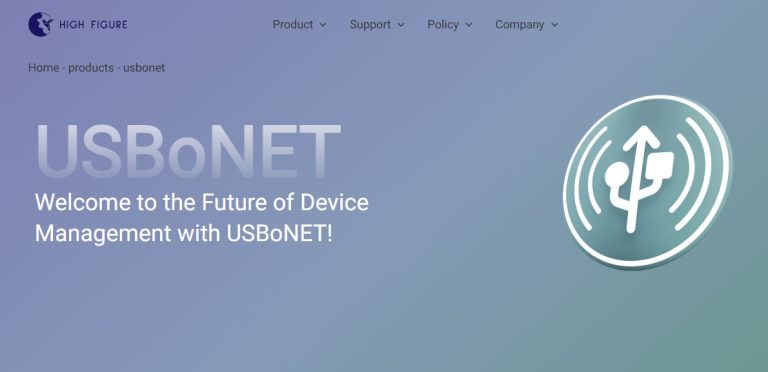When it comes to reaching the goals you have for your business, having the right tools to give your developers is key. Whether you are helping data teams assemble pipelines and push data out to department heads so they can make real-time, data-driven decisions to help improve customer experience, or you are developing an application, having the right tools makes all the difference.
Oftentimes, the most important tools will help to leverage a team or developer’s time to be optimized for success. This means creating tools that orchestrate and schedule out tasks that otherwise might require a lot of hands-on and tedious management.
By freeing your team from tedious, time-consuming tasks, you can bring your engineer’s talent and skills to the areas of your company that need them the most. Two popular tools for helping developers and teams leverage their time wisely are Terraform and Kubernetes.

For everything Terraform vs. Kubernetes, here is everything you need to know!
1. What is Terraform?
Terraform is a product made by HashiCorp that is classified as an infrastructure as a code tool or IaC. The point of infrastructure as a code tool is to create an alternative to a manual process.
By configuring files that contain infrastructure specifics, you can create an environment where engineers can much more easily edit and distribute configurations with ease.
The main benefit that IaC tools bring to infrastructure is their ability to scale. Because of the move to the cloud. While at one point there was an emphasis on physical data centers that relied on hardware for storage, now there is a movement to containerization, cloud computing, and virtualization of most processes. The major component of infrastructure as code is that it creates an infrastructure that can be a lot more fluid and easy to change, scale, or edit.
One of the benefits of moving away from physical data centers and hardware is that you can have so much more variability and flexibility to grow and expand. Without a tool that allows for the infrastructure to be intrinsically linked to this process, it would require a lot of manual configuration.
This can lead to errors and problems that could threaten entire processes. IaC acts as an option to help reduce the number of errors while providing a scalable and flexible infrastructure that can increase the speed of deployment and eliminate configuration drift.
Terraform is one of the most popular IaC on the market, and can be a powerful tool for teams to use. Terraform manages resources by connecting to services through their API (application programming interfaces). Because Terraform is a cloud, commercial SaaS product, it can integrate and work with almost any platform, as long as there is access to that service’s API.
2. Three Staes of Terraform Workflow
With over 1700 providers managing thousands of resources and services, it’s easy to see that this is one of the most popular CaI on the market. One of the reasons that Terraform is so popular is that it has a low learning curve and is easy for teams to adopt. There are three main components to Terraform’s workflow:
- Write
- Plan
- Apply
Each of these components helps developers reduce complexity, and streamline their systems to better suit a scalable, sustainable model.
3. What is Kubernetes?
Kubernetes is a containerization orchestration tool that is used to help automate software deployment, management, and scaling. Containerization has become a necessity for businesses that are looking to stay competitive in their field and launch applications.
The reason is the unnecessary amount of time, work, and tedious management that happens without them. Being able to orchestrate these processes which leverage a team’s time and talents to focus on other areas.
4. Can Kubernetes and Terraform Work Together?
Because Kubernetes is open-sourced, you can use Terraform to interact with resources that are supported or run off of Kubernetes. Using Terraform to manage Kubernetes architecture has some clear benefits, as the point of an IaC tool is to empower faster, easier, and more fluid scalability.
Not only that, but by using an IaC like Terraform to manage Kubernetes infrastructure, you can mitigate issues like not being able to detect configuration drift.
Working with both of these can give teams more flexibility and freedom to not only run applications at scale,e but also deal with the unexpected more fluidly.
Conclusion
Kubernetes is a popular container orchestration tool that is used by a wide variety of developers. Because Kubernetes can deploy applications across networks, there is always a chance that a container is going to contain a different environment.
Using infrastructure as a code tool in tandem with supported Kuberente services is a great way to help accomplish some key goals. It can help to reduce drifts and give your teams the ability to run applications to scale in meaningful and impactful ways.














+ There are no comments
Add yours